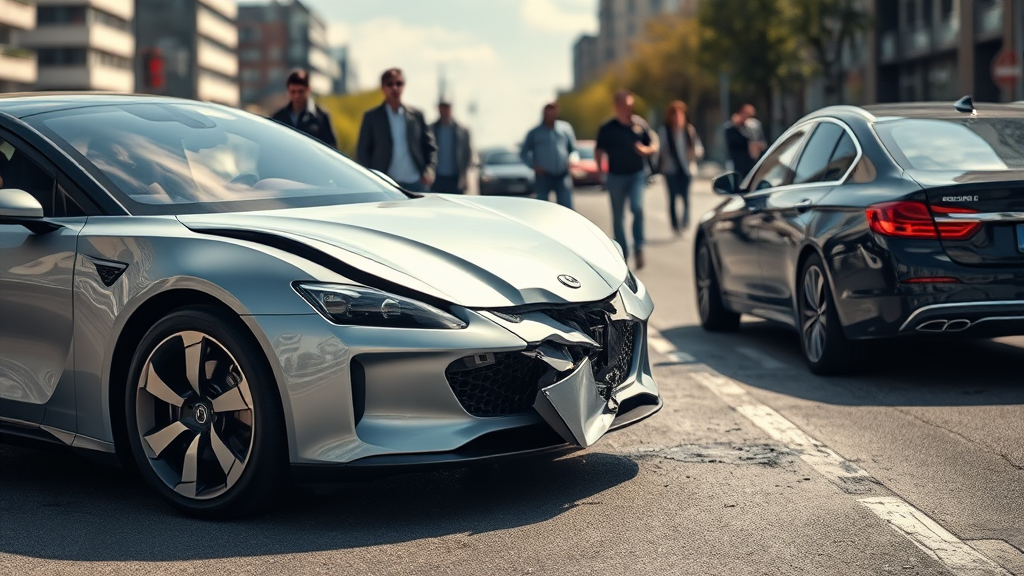The rise of self-driving cars promises to revolutionize the way we live, travel, and insure our vehicles. Autonomous vehicles (AVs) are no longer a distant concept; they’re becoming a reality, with several companies already testing these cars on public roads. But what does this shift mean for the auto insurance industry and, more importantly, for consumers?
While it’s still early days, the arrival of self-driving cars will undoubtedly have significant implications for how we approach car insurance. Let’s take a closer look at how these vehicles might reshape the future of coverage and what that means for car owners.
The Traditional Model: Insuring Human Drivers
Currently, auto insurance is based on the idea that the driver is the primary cause of accidents. When you purchase a policy, you’re covering potential risks such as speeding, distracted driving, or poor decision-making in emergency situations. This is the foundation of today’s auto insurance model.
In a world with self-driving cars, the risk landscape changes dramatically. Since autonomous vehicles are designed to make driving decisions independently, the human driver is no longer the primary risk factor. Instead, liability could shift from individual drivers to manufacturers and software developers who create and maintain autonomous technology.
Shifting Liability: Who’s Responsible?
As self-driving cars become more widespread, the question of liability becomes more complex. If an autonomous vehicle is involved in an accident, who is held responsible? Is it the manufacturer of the car, the developer of the AI system, or the owner of the vehicle? The answers aren’t entirely clear yet, but the way insurance policies are written will likely need to evolve.
In some cases, the car manufacturer or software company might carry the bulk of the liability if the vehicle’s AI system malfunctioned. However, there could still be instances where the human driver is held responsible, such as when they override the system or fail to maintain the vehicle properly.

Reduced Risk, Lower Premiums?
Self-driving cars are designed to reduce accidents, as they use sensors, cameras, and AI to react faster and more accurately than humans. If these vehicles deliver on their safety promises, insurance premiums could decrease.
Fewer accidents could lead to lower costs for insurers, meaning consumers might benefit from reduced premiums. However, the shift in liability and introduction of new insurance products could create uncertainty in the market. For now, premiums for autonomous vehicles may be comparable to or slightly lower than traditional vehicles, until the technology becomes more widespread.
New Types of Coverage: Tailored for Autonomous Vehicles
As self-driving cars become more common, the insurance industry will likely need to develop new types of coverage. Policies for autonomous vehicles will differ from current ones and need to account for unique risks associated with this technology.
For example, manufacturers may need specialized insurance for defects in the vehicle’s AI system. Additionally, owners may require coverage for system failures, such as a software glitch. Some insurers may offer hybrid policies for vehicles that operate autonomously but occasionally require human input.
The Role of Telematics and Data
Self-driving cars will generate an enormous amount of data, significantly changing how insurance companies assess risk. Telematics—the use of data collected from your vehicle—could become even more important. Insurers may use real-time data from the vehicle’s sensors to assess risk, adjust premiums, or help with claims.
If your self-driving car frequently encounters hazardous conditions, your insurer might increase your premiums. On the flip side, if it avoids danger and performs well, you may be eligible for lower rates. This data-driven approach could create a more personalized experience, but it also raises privacy concerns about how the data is used.

The Road Ahead: How Consumers Should Prepare
While self-driving cars are still in the early stages of development, they’re quickly moving toward mainstream adoption. As the technology continues to evolve, so will the insurance landscape. For now, it’s essential for consumers to stay informed about how these changes might impact their current policies.
If you’re considering purchasing a self-driving car in the future, stay updated on the latest developments in autonomous vehicle insurance. While traditional auto insurance remains in place for the time being, self-driving cars will likely introduce new regulations, coverage options, and pricing models.
Conclusion
The future of auto insurance in a world with self-driving cars is both exciting and uncertain. As these vehicles become more common, we can expect a shift in how risk is assessed and who is held responsible in the event of an accident. While the promise of reduced accidents and lower premiums is appealing, the insurance industry will need time to adapt.
For now, as autonomous vehicles hit the road, keep an eye on how the insurance market evolves, and be prepared for new types of coverage that could change how you think about insuring your car.

Leave a Reply